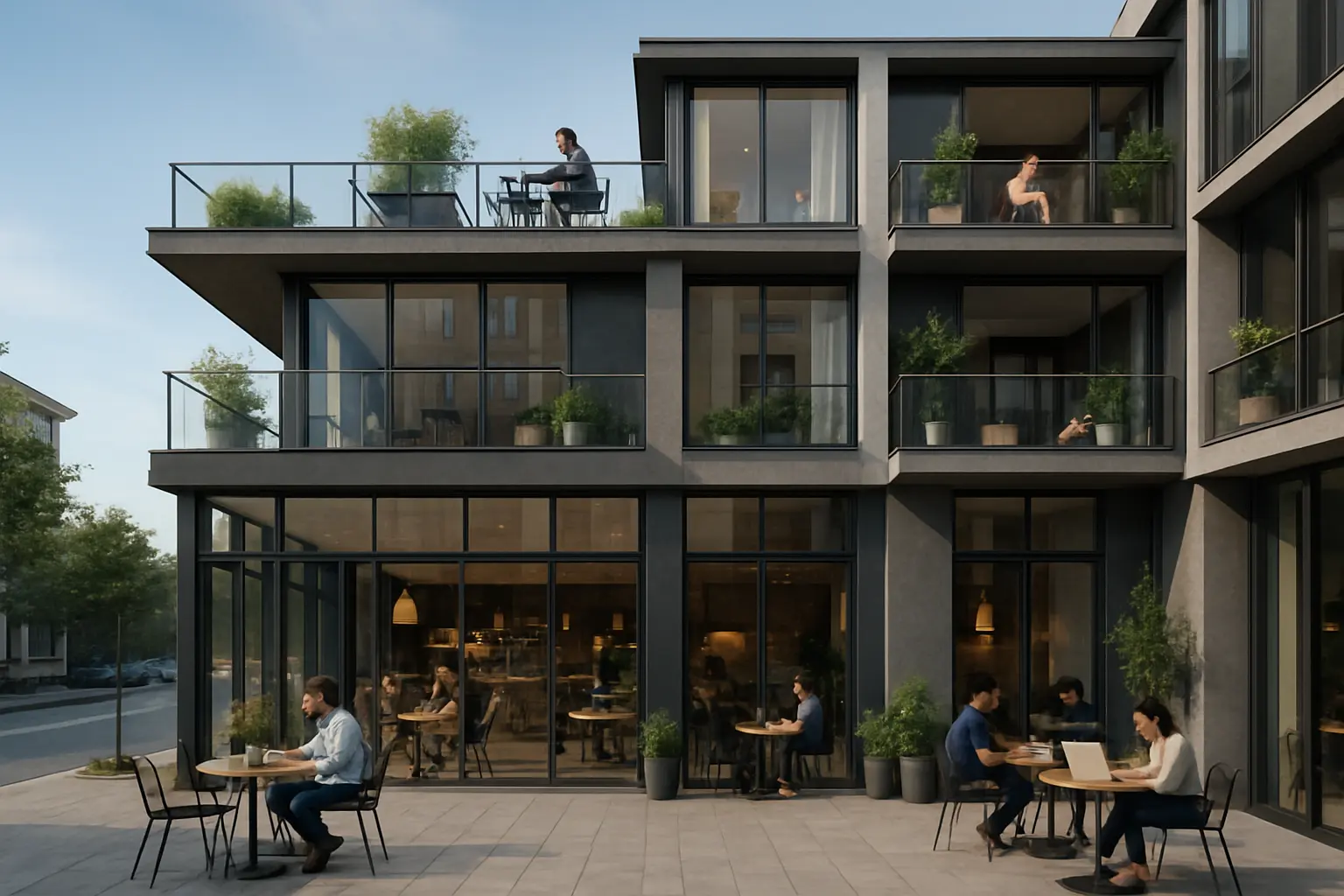Mixed-Use Magic: The Rise of Live-Work Spaces Transforming Real Estate
Discover how the fusion of residential and commercial properties is creating unprecedented opportunities for modern living and business success.

The Evolution of Property Use
In the rapidly evolving real estate landscape, mixed-use properties have emerged as a compelling solution to the changing demands of modern life. These innovative spaces, which seamlessly blend residential and commercial elements, are revolutionizing how we think about property utilization and community development.
The traditional boundaries between work and home have become increasingly fluid, driven by technological advances and shifting lifestyle preferences. This transformation has catalyzed a surge in demand for properties that can accommodate both living and working needs under one roof.
The Strategic Advantages
Mixed-use properties offer a compelling array of benefits for property owners, investors, and occupants alike. Here are the key advantages driving their popularity:
- Enhanced Revenue Streams: Multiple income sources from residential and commercial tenants provide financial stability and higher returns on investment.
- Reduced Commuting Costs: Residents save time and money by eliminating or minimizing daily commutes.
- Increased Property Values: Mixed-use developments typically appreciate faster than single-use properties due to their versatility and demand.
- Environmental Benefits: Reduced transportation needs and efficient space utilization contribute to a smaller carbon footprint.
Investment Perspective
From an investment standpoint, mixed-use properties offer unique advantages in risk mitigation through diversification. When one sector faces challenges, the other can help maintain steady income flows, providing a natural hedge against market fluctuations.
Mixed-use properties aren't just buildings; they're ecosystems that foster community, creativity, and economic growth.
Design and Functionality
Successful live-work spaces share several essential design elements that contribute to their effectiveness:
- Flexible Layouts: Adaptable spaces that can be reconfigured based on changing needs
- Sound Isolation: Proper acoustic design to separate living and working areas
- Distinct Entrances: Separate access points for residential and commercial spaces
- Smart Technology Integration: Advanced systems for security, climate control, and connectivity
- Communal Areas: Shared spaces that promote community interaction and collaboration
Modern Amenities
Today's mixed-use developments often include premium amenities that enhance both living and working experiences:
- Rooftop gardens and outdoor workspaces
- Fitness centers and wellness areas
- High-speed internet infrastructure
- Package reception and secure storage
- Energy-efficient systems and sustainable features
Shaping the Future
Mixed-use properties are more than a trend; they represent a fundamental shift in how we approach real estate development and community planning. These versatile spaces are creating vibrant, sustainable communities where people can live, work, and thrive without the traditional constraints of separate locations.
As urban areas continue to evolve and adapt to changing lifestyle preferences, mixed-use developments will play an increasingly vital role in shaping the future of our cities and suburbs. Their ability to create dynamic, self-sustaining communities while maximizing property value makes them an attractive option for forward-thinking investors and developers.
The success of mixed-use properties demonstrates that the future of real estate lies not in separation, but in integration – creating spaces that adapt to our lives rather than forcing our lives to adapt to spaces.


